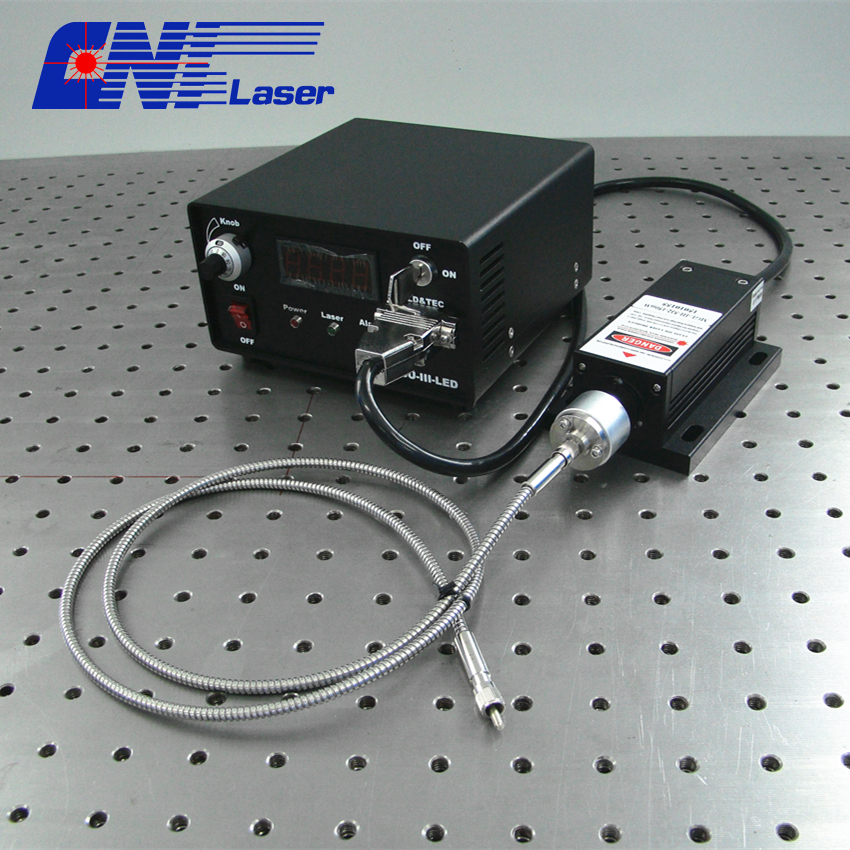

All series CNI Laser modules can be fiber coupled with different core diameter MM fiber or SM fiber. You have to refer to the detailed specs of each laser modules (such as power, stability, noise, size, etc) to decide which one is suitable for your application. We would like to do the coupling job for you.
The collimator of Fiber Coupling Laser is designed to connect to the end of FC/PC or SMA905 connector and contains an AR-coated spherical lens. The distance between the spherical lens and the tip of the FC-terminated fiber can be adjusted to compensate for focal length changes, or to re-collimate the beam at the specific wavelength and distance of interest.
Fiber Coupling Efficiency Chart (Connector: SMA905 or FC)
Laser Type
Fiber Coupling Efficiency
FC for SM fiber ,FC/SMA905 for MM fiber
SM Fiber
4~9 µm
MM Fiber
≥50 µm
MM Fiber
≥100 µm
MM Fiber
≥200 µm
MM Fiber
≥400 µm
DPSS Laser
TEMoo
>40%
>70%
>75%
>80%
>90%
Multi transverse mode
>20%
>60%
>70%
>80%
>90%
TEMoo
>30%
>60%
>75%
>80%
>90%
Multi transverse mode
Low
>30%
>65%
>75%
>85%

Fiber Coupling Laser
Fiber Coupling Laser,Fiber Coupled Laser,Infrared Fiber Laser System,Diode Laser Module
Changchun New Industries Optoelectronics Technology Co., Ltd. , https://www.lasersciences.com
![<?echo $_SERVER['SERVER_NAME'];?>](/template/twentyseventeen/skin/images/header.jpg)